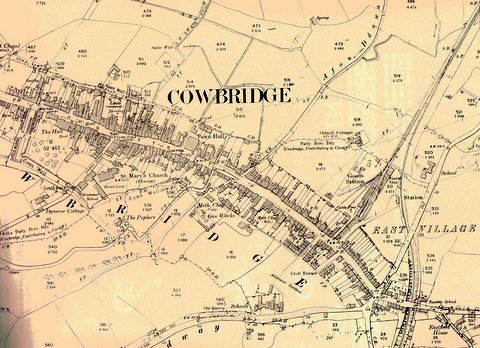Cowbridge – A Brief History
Cowbridge is a significant planted 'new town' on the old Roman road, the Via Julia Maritima. Granted a charter by Richard de Clare, the Lord of Glamorgan in 1254, its central part was walled in the 13th century but it is best known for its town plan with burgage plots at right angles to the High Street, where merchants built their houses and workshops. Cowbridge was created within the earlier medieval parish and manor of Llanblethian, a village that has always been intimately connected with the town.
Through the medieval and early modern periods, Cowbridge thrived as a market and administrative centre for the Vale of Glamorgan. It underwent a considerable revival in the 18th century when new industries developed and the local landed gentry built grand town houses. The increase in traffic with Ireland necessitated the demolition of the old town hall and of the East and West gates that stood in the way of stage coaches. The town soon became known for its inns and hostelries serving this trade. Unfortunately, the booming industrial revolution taking place in the valleys of South Wales by-passed Cowbridge. Brunel's Great Western Railway was sited to the north with Cowbridge having only a minor branch line.
By the 20th century the town was probably best known only for its Grammar School. In the 1950s Cowbridge would have looked very much as it did 200 years earlier except that its High Street – then part of the A48 – had become paralysed by motor traffic which was damaging the large number of historic buildings.

Reproduced from Ordnance Survey map data by permission of Ordnance Survey © Crown copyright 2013.
The opening of the by-pass in the 1960s gave Cowbridge a new lease of life; new housing estates were built for commuters to Cardiff and Bridgend, and the shops and offices in the town revived. Today, Cowbridge is one of the most affluent towns in Wales.